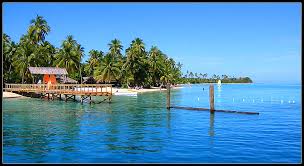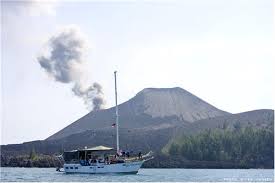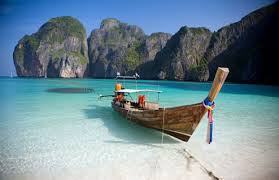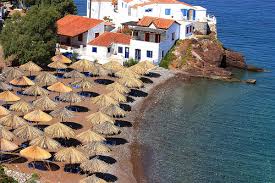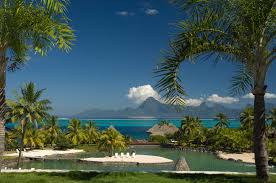Hunting Weaving Amarasi
Villages in the subdistrict Amarasi Baun, known as the center of the cloth-producing tissue. Using cotton or cotton dipped in natural dyes, before it spun into yarn and woven in the traditional gedogan.
The dye itself, derived from a variety of local plants, began shrubs in the garden behind the house until the forest vegetation and tree roots.
The materials were crushed natural dyes to the water taken, then mixed with other natural materials, including moss and mud to produce a particular color effect. Generally, the experts have Amarasi ikat color mix recipes each. Constituent yarn dyed fabrics and ikat colors in the liquid and dried. The longer the drying process progresses, more and more strong colors that are created at the end of the coloring process.
Ikat results were presented in a variety of sizes. Began to scarf up a long cloth ceremonial designation. The color indigo, dark red and brown mostly encountered, with the motive of decoration interlocking. The price varies, approximately USD 200 to 300 for a shawl.
For treatment, varies inversely with the more modern clothes frequently washed would fade. "The more often soaked or exposed to water, the colors of the original fabric out. Berakrakter and beautiful, "said Johannes Albena, one of the woven fabric Amarasi craftsmen.
Published By :

